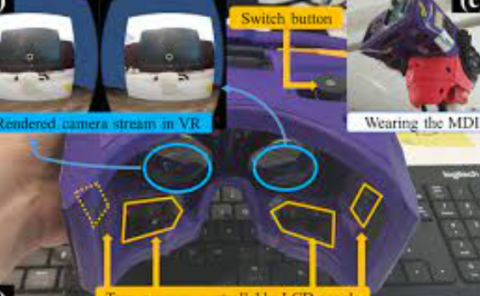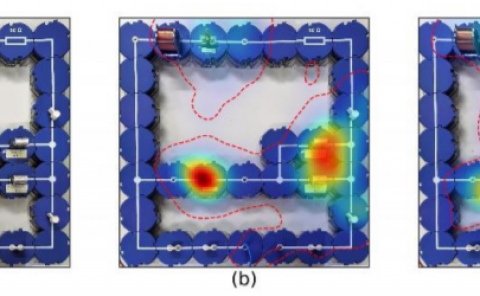System-Level Design and Integration of a Prototype AR/VR Hardware Featuring a Custom Low-Power DNN Accelerator Chip in 7nm Technology for Codec Avatars
PubDate: April 2022
Teams: Reality Labs, Meta
Writers: H. Ekin Sumbul, Tony F. Wu, Yuecheng Li, Syed Shakib Sarwar,William Koven, Eli Murphy-Trotzky, Xingxing Cai, Elnaz Ansari,Daniel H. Morris, Huichu Liu, Doyun Kim, Edith Beigne

Abstract
Augmented Reality / Virtual Reality (AR/VR) devices aim to connect people in the Metaverse with photorealistic virtual avatars, referred to as “Codec Avatars”. Delivering a high visual performance for Codec Avatar workloads, however, is a challenging task for mobile SoCs as AR/VR devices have limited power and form factor constraints. On-device, local, near-sensor processing provides the best system-level energy-efficiency and enables strong security and privacy features in the long run. In this work, we present a custombuilt, prototype small-scale mobile SoC that achieves energyefficient performance for running eye gaze extraction of the Codec Avatar model. The test-chip, fabricated in 7nm technology node, features a Neural Network (NN) accelerator consisting of a 1024 Multiply Accumulate (MAC) array, 2MB on-chip SRAM, and a 32bit RISC-V CPU. The featured test-chip is integrated on a prototype mobile VR headset to run the Codec Avatar application. This work aims to show the full stack design considerations of system-level integration, hardware-aware model customization, and circuit-level acceleration to meet the challenging mobile AR/VR SoC specifications for a Codec Avatar demonstration. By re-architecting the Convolutional NN (CNN) based eye gaze extraction model and tailoring it for the hardware, the entire model fits on the chip to mitigate system-level energy and latency cost of off-chip memory accesses. By efficiently accelerating the convolution operation at the circuit-level, the presented prototype SoC achieves 30 frames per second performance with low-power consumption at low form factors. With the full-stack design considerations presented in this work, the featured test-chip consumes 22.7mW power to run inference on the entire CNN model in 16.5ms from input to output for a single sensor image. As a result, the test-chip achieves 375 μJ/frame/eye energy-efficiency within a 2.56 mm2 silicon area.



